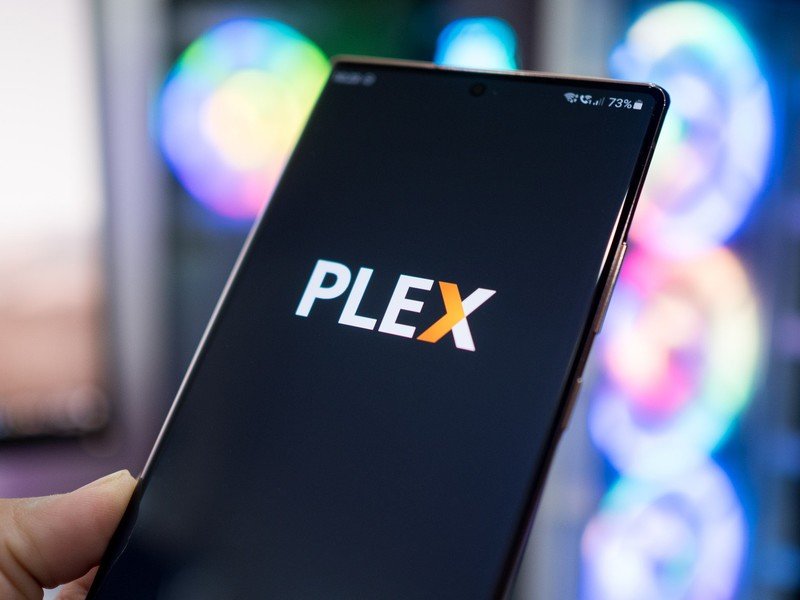Samsung Galaxy A36 vs. Google Pixel 9a: A tough call
Two excellent value-for-money offerings with great features and multi-day battery life.
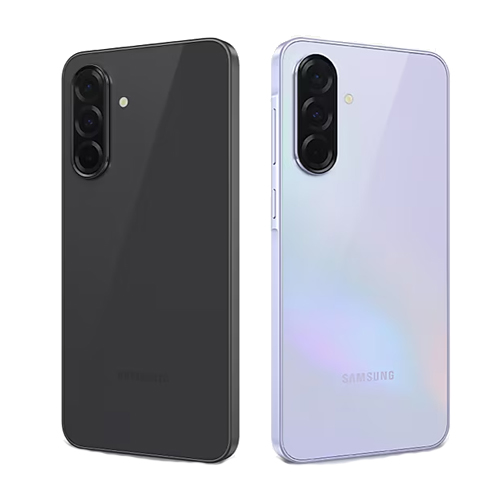
Budget beauty
The Galaxy A36 improves on the A35 in one major way — it gets six generations of Android OS updates. That's a big win for the A series and budget shoppers. The design is a bit more premium with a glass back and slimmer bezels, and you get 45W charging. Performance is strictly mid-range and the large size might not be for all.
For
- Six generations of OS and security updates
- IP67 rating
- 4K HDR video recording with front camera
- 45W fast wired charging
- Ships with Android 15/ One UI 7
- Large and bright AMOLED display with Gorilla Glass Victus Plus
- Great pricing
Against
- Only single variant sold in the U.S.
- Gets limited Galaxy AI features
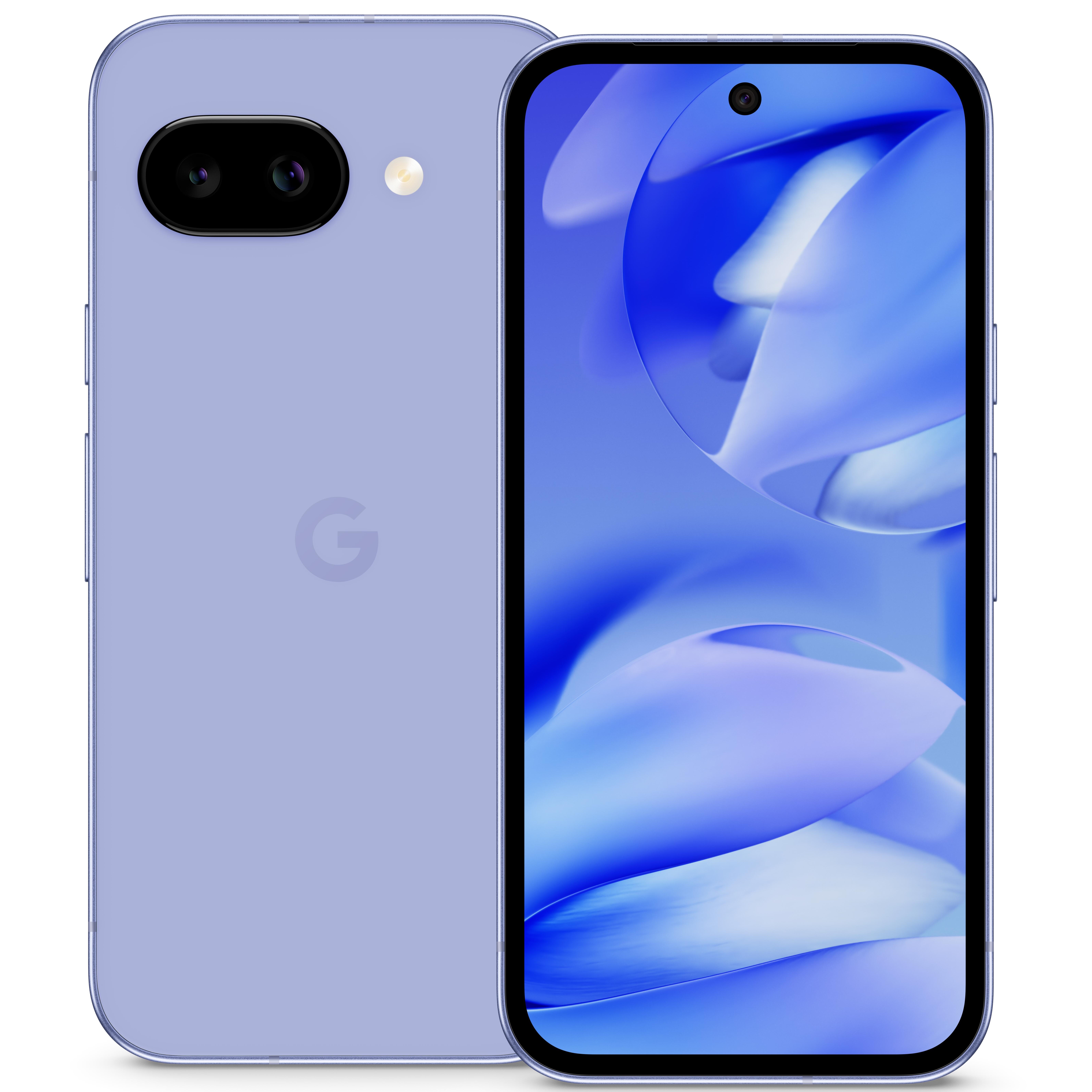
Pixel perfect
The Pixel 9a starts at $100 more than the Galaxy, but you get quite a bit more as well. From the epic cameras to seven years of day-one Android updates, to the larger battery with wireless charging — the Pixel 9a offers a lot for $499.
For
- Seven years of OS and security updates
- Flagship-grade processor
- More RAM and storage than A36
- IP68 rating
- Larger battery with wireless charging
- More compact design
- Loaded with AI features
Against
- Costs $100 more than A36
- Weak scratch-resistant glass for display
- Slow wired charging
The Samsung Galaxy A36 5G is a new entrant in the budget space and is the successor to the Galaxy A35 5G. The most notable upgrades include more years of OS upgrades, HDR video recording with the front camera, faster charging, and a brighter display. The A36 5G also has a more premium design, which makes it a solid phone to have on your shopping list. For roughly $100 more though, there's also the Pixel 9a that's worth considering for its flagship-grade processor and software.
While the new Galaxy A56 5G is more of a direct competitor to the Pixel 9a, that's coming later in the year whereas the Galaxy A36 5G can be bought right now, in the U.S.. Looking at the Samsung Galaxy A36 5G vs. Google Pixel 9a, should you spend that extra $100 for the Pixel or get the Samsung and spend that money on accessories? Let's find out.
Samsung Galaxy A36 vs. Google Pixel 9a: Design and display
Why you can trust Android Central
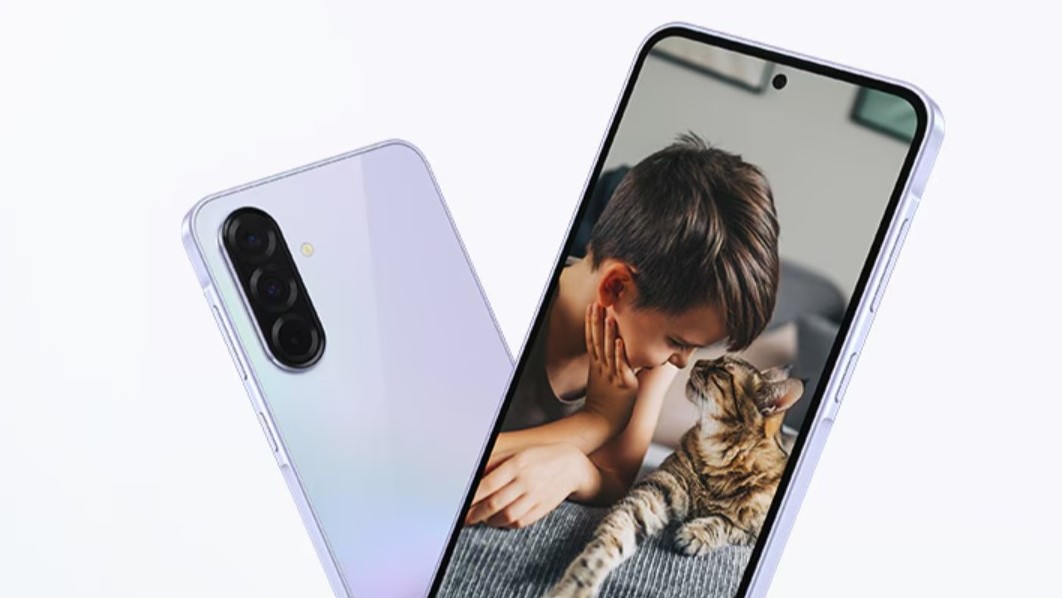
Samsung has tweaked the designs of the new A series once again, making them look more up-market than before. The Galaxy A36 5G features flat sides with curved portions for the button area and narrower bezels around the display compared to the older model. The camera bump design has changed from individual cutouts for the lenses to a singular vertical pill-shaped layout. The phone is available in two colors, Awesome Black and Awesome Lavender, the latter of which is the better shade in my opinion.
The Galaxy A36 is slimmer than the Pixel 9a at just 7.4mm, but it's heavier at 195 grams. I don't mind this since the A36 5G is one of the few budget phones to sport a glass back, and Gorilla Glass Victus Plus at that. This is the same scratch-resistant glass used over the massive 6.7-inch display. It's a Super AMOLED panel with a 120Hz refresh rate and a high peak brightness of up to 1,900 nits. The body of the phone is also IP67-rated for dust and water resistance.
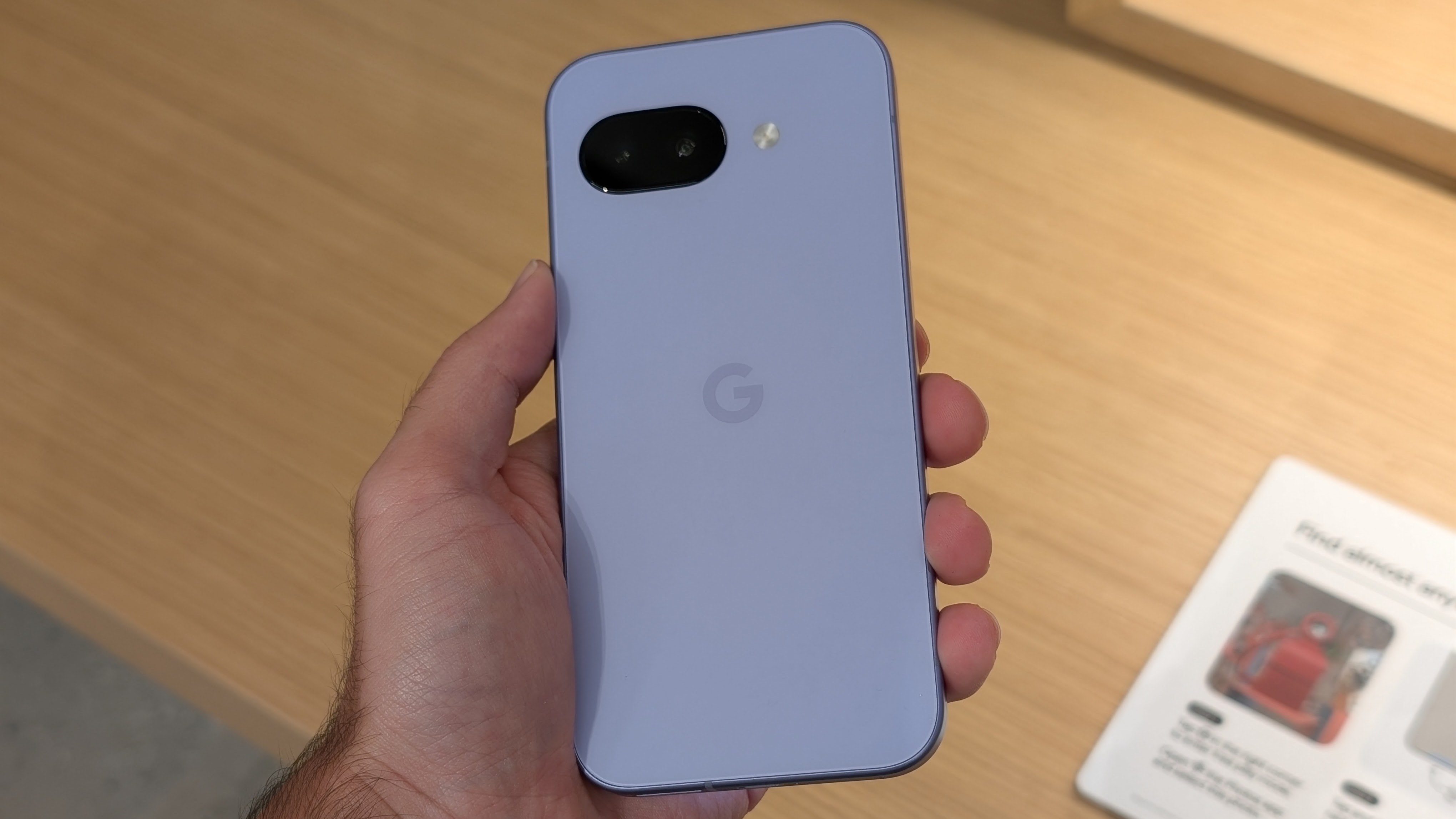
The Pixel 9a has an interesting new design which will take some getting used to. It's lighter than the Samsung at 186 grams, but is thicker at 8.9mm. The back panel is plastic which is what contributes to the lower weight. The 9a does come in some cool pastel colors like Obsidian, Porcelain, Iris, and Peony. All those that hate rear camera bumps will love the Pixel 9a's design as the back is nearly all flat. You do get an aluminum frame though which is sturdier than the plastic frame on the Galaxy.
Despite being $100 more, the Pixel 9a's display looks more of the budget variety than the A36, mainly due to the thick bezels. Scratch protection is not the best either as it uses the much older Gorilla Glass 3 protection. The display is pOLED though, with a 120Hz refresh rate and up to 2,700 nits of peak brightness. The size of the display is smaller than the Samsung A36, which is not ideal for media consumption but it is a lot more pocketable. Google has kicked it up a notch with weather resistance as the Pixel 9a now gets an IP68 rating, just like most flagships.
Samsung Galaxy A36 vs. Google Pixel 9a: Hardware and specs
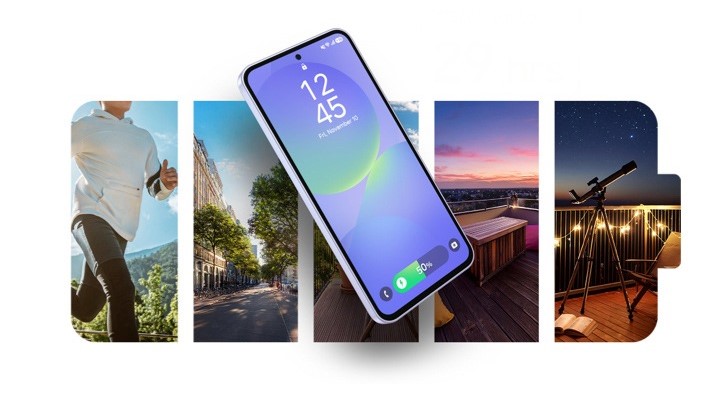
Samsung has launched just one variant of the Galaxy A36 5G in the U.S. with 6GB RAM and 128GB storage for $399.99. Other regions will have more variants like 8GB RAM and up to 256GB of storage. The 6GB of RAM is a bit concerning considering this phone will be supported for the next six years. Powering the A36 5G is a Snapdragon 6 Gen 3 chip, which is presumably a small step down from the Snapdragon 6s Gen 3, which was not too different from the Gen 1 chip from 2021. It's a strictly mid-tier processor, so you can expect similar performance, which is to say, decent multitasking and casual gaming but not much else.
The Pixel 9a on the other hand uses the Tensor G4 SoC, which is also found in Google's flagship phone range. While it's no match for Qualcomm's best, it will certainly be better than the processor in the A36 5G. This makes the Pixel 9a better suited for gaming and heavier workloads. The 9a starts at $499 and goes on sale on April 10, 2025. It has 8GB RAM and two storage variants of 128GB and 256GB.
Category | Samsung Galaxy A36 5G | Google Pixel 9a |
|---|---|---|
Operating System | One UI 7 (Android 15), six generations of OS upgrades | Android 15, six seven years of OS upgrades |
Display | 6.7-inch Super AMOLED display, 1080 x 2340 resolution, 120Hz, 1900 nits peak brightness. Gorilla Glass Victus Plus | 6.3-inch Actua pOLED display, 1080 x 2424 resolution, 120Hz, 2700 nits peak brightness, Gorilla Glass 3 |
Processor | Snapdragon 6 Gen 3 | Google Tensor G4 |
RAM | 6GB | 8GB |
Storage | 128GB | 128GB, 256GB |
Rear cameras | 50 MP wide camera, 8MP ultrawide camera, 5MP macro camera | 48 MP wide camera, 13MP ultrawide camera |
Front camera | 12MP | 13MP |
Battery | 5,000mAh | 5,100mAh |
Charging | 45W wired | 23W wired, 7.5W wireless |
Durability | Plastic frame, Gorilla Glass Victus Plus glass back | Aluminum frame, plastic back |
IP rating | IP67 | IP68 |
Weight | 195g | 185.9g |
Dimensions | 162.9 x 78.2 x 7.4 mm | 154.7 x 73.3 x 8.9 mm |
Colors | Lavender, Black | Obsidian, Porcelain, Iris, Peony |
Samsung doesn't specify how long the Galaxy A36 5G will last but given the 5,000mAh capacity and mid-range chip, you should expect at least a day and a half, if not more, on one charge. A lot of it will also depend on the types of apps you use and how many run in the background. Charging is fairly quick thanks to 45W wired charging speeds, which is something we haven't seen before for this series. The charger will have to be bought separately though. Wireless charging is missing, which I don't think many would care about at this price.
The Galaxy A36 5G features a 50MP main, 8MP ultrawide, and a 5MP macro camera. There's a 12MP camera on the front. Compared to the previous model, the A36 can now shoot 4K HDR video with the front camera as well. We've yet to test the Galaxy A36 so it's hard to say how good or bad the cameras will be, other than they should do just fine for your Instagram posts.
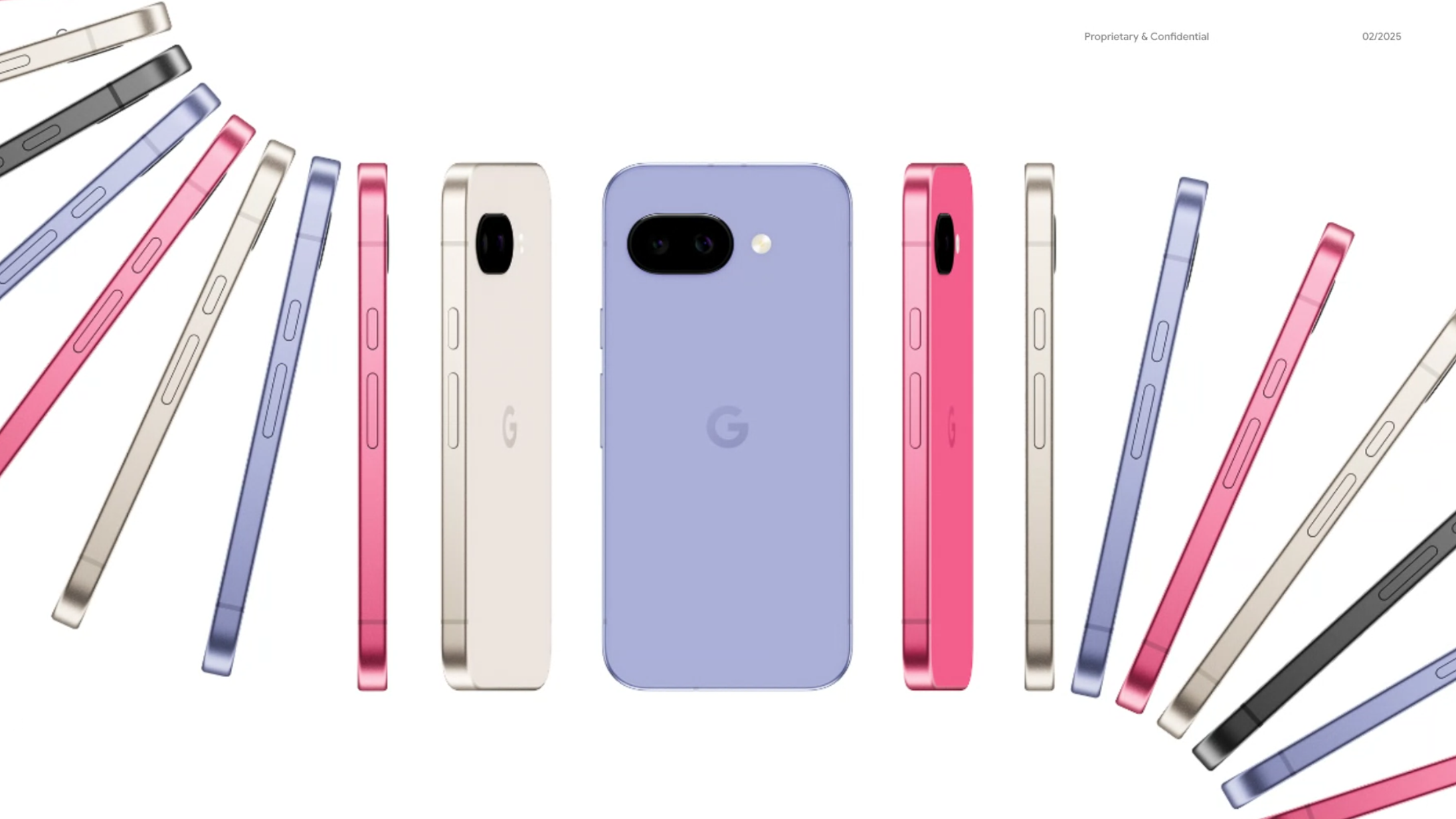
The Pixel 9a comes with an equally large battery of 5,100mAh, which again, should easily offer multi-day battery life. This is the largest battery we've had yet on any Pixel. Charging speed is much slower though, at just 23W with Google's 45W adapter. As a consolation, you do get wireless charging at 7.5W if you're a fan of this technology.
Cameras is one area where the Pixel 9a will no doubt dominate. The 9a has a 48MP main and a 13MP ultrawide on the back, and a 13MP module in the front. Just like the Samsung, the 9a can also shoot 4K with the front and rear cameras. It might not have a macro camera, but it supports features like Macro Focus.
Samsung Galaxy A36 vs. Google Pixel 9a: Software
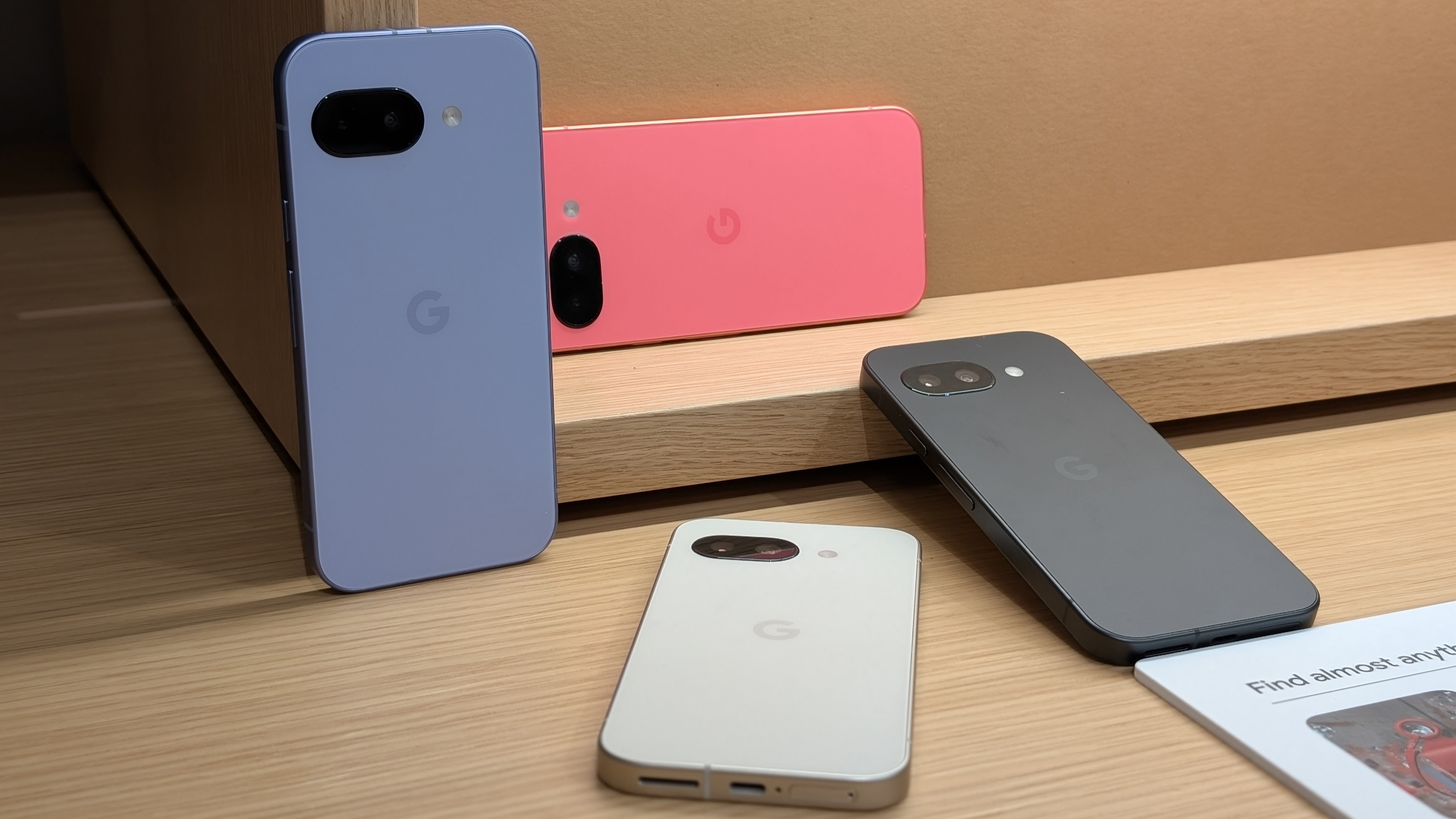
Both phones are pretty evenly matched in terms of software support and features. The Galaxy A36 5G ships with One UI 7 which is based on Android 15, and will be getting six generations of OS upgrades and six years of security patches. This is the first time Samsung has pledged such as long-term support for its A series phones. The A36 5G also gets some AI features from the flagships like Circle to Search and Enhanced Object Eraser, but not the full roster. To differentiate this AI suite from the S series, Samsung is calling it "Awesome Intelligence" instead of Galaxy AI.
The Google Pixel 9a has the same software as every other Pixel 9 series and that's great, because you get all the AI features from the more expensive models. The 9a will also be getting seven years of OS and security upgrades, which is more than the Galaxy. However, Google already has an expiration date in mind, which means the 9a will get whatever Android version was launched before that. The A36 on the other hand has been promised six "generations" of updates, so depending on how Google plans its future Android releases, the Galaxy might just end up getting the same number of Android versions as the Pixel.
Samsung Galaxy A36 vs. Google Pixel 9a: Which one offers better value?
It's actually a lot tougher to pick a single winner here since they both deliver incredible value at their price points. At $400, the Samsung Galaxy A36 5G is easily one of the best cheap Android phones. It offers similar features as the Pixel 9a and does a few better like the 45W charging, a slimmer design, and a more scratch-resistant screen. You're not really missing out on much other than maybe gaming performance, limited storage, and no wireless charging.
The Pixel 9a starts at $100 more, but offers a more robust IP rating, a brighter display, a more compact body, a lighter design, wireless charging, and a more potent processor. It also has more AI tricks than the Galaxy and an extra year of updates.
If you happen to find both at a similar price at some point during sales, I'd pick the Google Pixel 9a in a heartbeat. Despite its budget looks, I feel it's a more hardy phone to have for the long run.

Budget beauty
The Samsung Galaxy A36 5G offers plenty of great features for the price. The standouts are shatter-resistant glass back, six generations of OS updates, speedy charging, and a massive AMOLED screen.

The value Pixel for most users
If you simply want day-one Android updates and the same AI features as a the Pixel 9 series, you can't go wrong with the Pixel 9a. It has a unique design, very good water resistance rating, and a massive battery.
Be an expert in 5 minutes
Get the latest news from Android Central, your trusted companion in the world of Android

Roydon has been writing about personal technology for 10+ years, and has covered everything from news, reviews, features, to on-ground coverage of big trade shows like CES. He's passionate about mobile technology and computing, dabbles with photography, and is still struggling to work his way through his Steam and PS4 game library.
